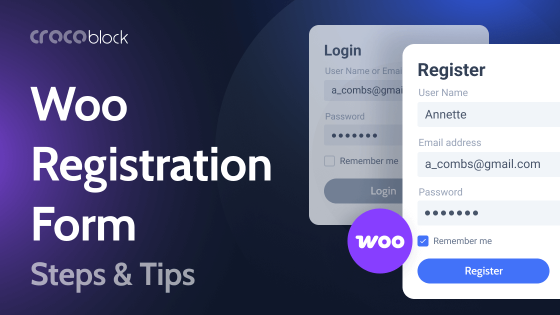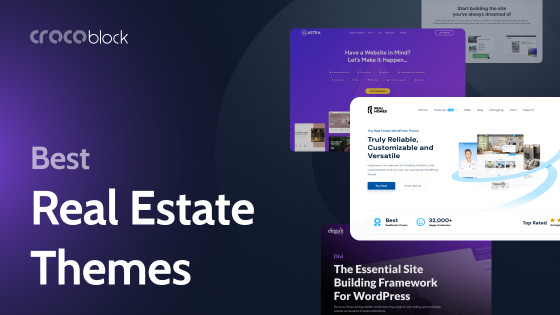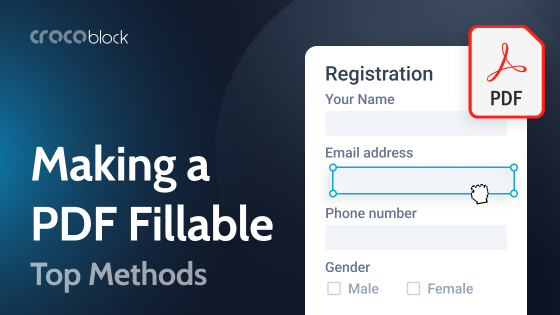In the WordPress world, where flexibility and the power of customization are key success factors, JetEngine and CPT UI are two reliable and popular plugins for custom post types. If JetEngine is more universal and offers customization and a large number of functionalities, then CPT UI is suitable for quick setup without going into details.
It’s clear that both plugins not only add new post types and taxonomies but also provide more flexibility in how developers manage and display data on their websites. Custom Post Type UI offers a simple interface and clear functionality. On the other hand, JetEngine opens up your horizons thanks to the fact that it’s extremely feature-rich and offers integration with Elementor, WordPress Block editor, and Bricks. In this article, we will compare two plugins, discuss their ease of use and features, and help you decide which one to use in what situations.
Table of Contents
- Custom Post Type UI
- JetEngine
- CPT UI and JetEngine Pricing
- Benefits of CPT UI
- Benefits of JetEngine
- FAQ
- Conclusion
Custom Post Type UI
Custom Post Type UI is a popular WordPress plugin that allows users to easily create and manage custom post types and taxonomies without having to write code. With over a million downloads and a strong reputation, Custom Post Type UI has become an essential tool for many developers. First, let’s look at the plugin’s functionality and its advantages.
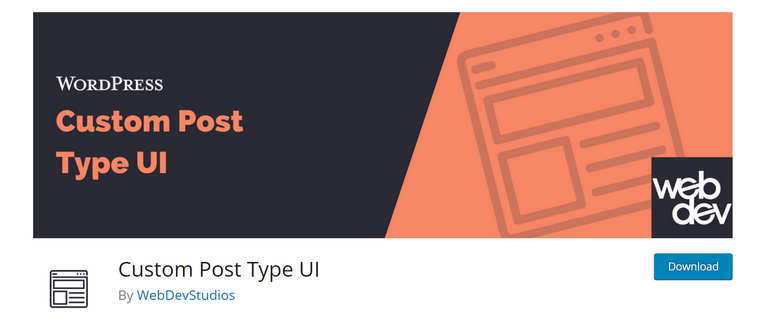
Custom Post Type UI functionality
Custom Post Types
As the name suggests, the main functionality of CPT UI is to provide an interface for registering CPTs through the user panel, and it makes it easier for you to use the “register_post_type()” function. CPTs are useful for adding custom functionality and organizing content to fit your website’s needs. Here is a breakdown of the settings you can configure:
- labels – custom labels for various administrative actions and pages;
- public – determines whether CPT will be available on the front end;
- show_in_rest (rest API display) – enables Gutenberg editor and REST API support;
- show_admin_ui – determines which standard WordPress features are supported, including the editor, thumbnails, comments, etc;
- hierarchical – allows you to create parent and child posts within a CPT and all the other settings and parameters for CPT.
Taxonomy management
Using this plugin, you can create and manage not only CPTs but also taxonomies using a simple and beginner-friendly interface.
Simple user interface
CPT UI boasts a simple user interface that even a beginner can easily navigate. In addition to this, the plugin offers clearly structured menus, making it easy to create and manage custom post types and taxonomies without having to delve into complex technical details.
Export & Import tools
A convenient tool with which you can use to save post type configurations in a JSON file and export them to another account, so you can configure only once and use it on different projects.
PHP code generation
In short, after creating a CPT or taxonomy, you can generate PHP code that you can insert into the functions.php of your new theme or plugin so that CPT and taxonomies work without the WordPress Custom Post Type UI plugin itself.
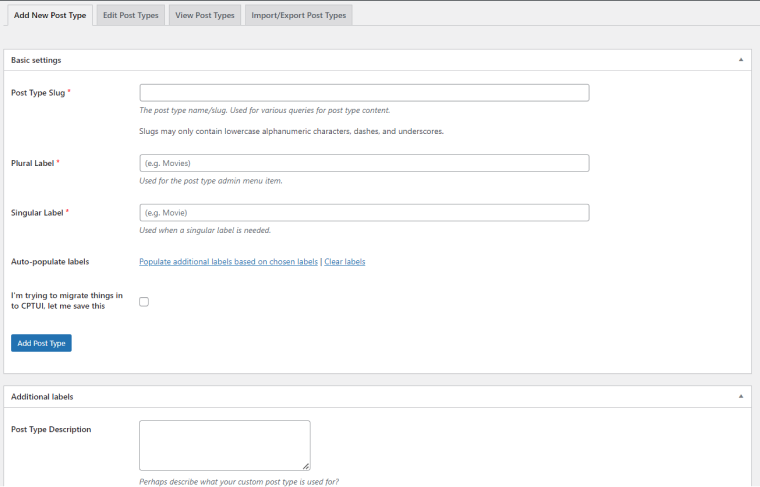
How does the Custom Post Type UI plugin work?
CPT UI is an easy-to-use plugin for simple purposes. After installing the plugin, set the basic parameters for your CPT or taxonomy, including a unique identifier (slug), title, and description. You can also configure a number of supported WordPress features for your post type, such as support for thumbnails, comments, and archives. After this, you will be able to add posts to the new CPT.
JetEngine
JetEngine offers powerful functionality, with more than 15 modules that can be turned on and off, depending on whether you use them, to boost performance. The functionality for creating custom posts is only a small part of what it can do. What is important to note is that it has the functionality for adding custom fields, which is essential for proper work with CPTs. Also, it offers an advanced set of tools for managing CPTs and default post types, some of which I will mention below.
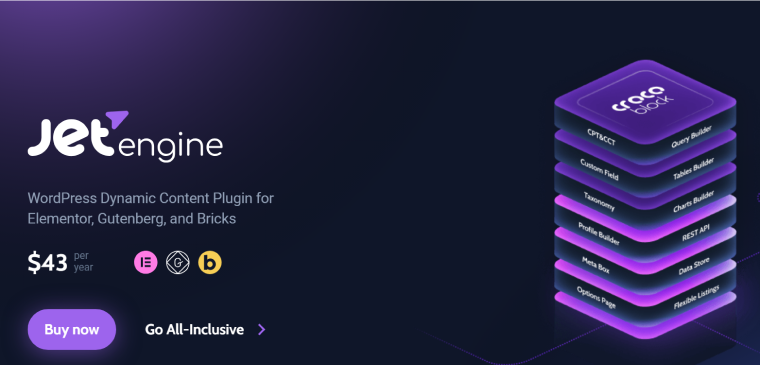
JetEngine functionality
Custom Post Type
With JetEngine’s CPT tool, you can create and configure custom post types, meta fields, and taxonomies.
The plugin can replace many other plugins and supports advanced SQL queries and REST APIs for dynamically displaying content and interacting with the database.
Custom Post Type and meta fields builder
You can easily create a CPT, add meta fields, and fetch them to the front end using a variety of JetEngine dynamic widgets/blocks for Block Editor, Elementor, or Bricks.
Meta Boxes tool
JetEngine features the ability to add meta fields not only to custom post types but also to users and default posts and pages.
Taxonomy
JetEngine users can create and configure custom taxonomies for custom post types. Taxonomy in JetEngine will allow you to categorize and group content according to certain criteria so you can improve its structure and accessibility.
Relation tool
JetEngine will expand your capabilities by allowing you to create complex relationships. Let’s look at the types of relationships the plugin offers:
- One-to-One: One record is linked to exactly one record of another type.
- One-to-Many: One record is linked to multiple records of another type.
- Many-to-Many: Many records are associated with many records of another type.
You can create relations between posts, taxonomies, CCTs, and users.
Listing templates
Create dynamic content loops and set templates for them. They can be grids, maps, tables, charts, or carousels.
Dynamic Tags API
Integrate data from meta fields and options into any Elementor/Block Editor/Bricks widgets/blocks with the help of dynamic tags.
Conditional Logic
Add conditional logic to customize the visibility of every meta field based on specific conditions.
REST API tool
Extension for working with the REST API, allowing you to dynamically interact with content through external applications.
Query Builder
JetEngine never ceases to amaze and offers a Query Builder that allows you to create complex queries to retrieve and display records based on specific criteria. For example, you can set up a query to display products from the Electronics category with a rating higher than 4 stars. This is achieved by selecting the appropriate fields, taxonomies, and metadata in the JetEngine user interface without having to write SQL code directly.
Custom Content Type
Not a replacement but rather a higher performance alternative for CPT is Custom Content Types. The CCT functionality opens up additional possibilities for WordPress developers, including the automation of form creation with instant field mapping. This solution is perfectly suited for projects that require the processing of a large amount of data. Additionally, CCT has an extended functionality for working with REST API.
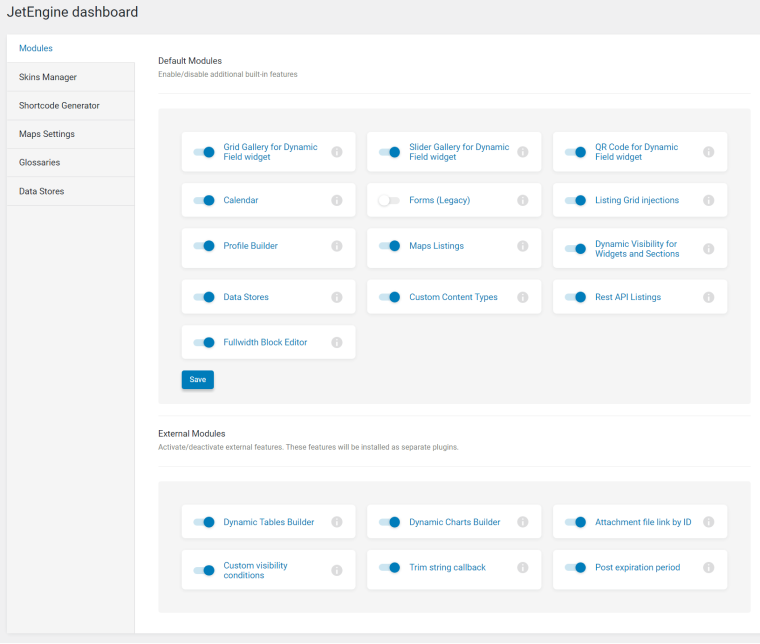
CPT UI and JetEngine Pricing
JetEngine offers two options – $43 per year for one site and $88 for an unlimited site license. You can also purchase All-Inclusive, which includes JetEngine and all Сrocoblock plugins, the price of which is $199 for one site and $399 for unlimited use on different sites. You can also purchase a lifetime subscription to all Сrocoblock plugins starting from $750.
The CPT UI plugin is free and won’t cost you anything extra. You can also have Custom Post Type UI extended by purchasing an add-on for $29 a year, which slightly extends its functionality.
Benefits of CPT UI
The first advantage that definitely needs to be mentioned in this paragraph is the easy-to-use interface. Yes, compared to JetEngine, the functionality is less, but the plugin is perfect for quickly setting up CPT without coding. You should also not lose sight of the possibility of generating PHP code with which you can transfer settings between projects (for this, you need to insert them into functions.php) without involving the CPT UI itself. If you look at this plugin in general, it will become clear that CPT UI is suitable for quickly and conveniently setting up CPTs or taxonomies.
Benefits of JetEngine
When we talk about JetEngine, we don’t need to introduce it in a special way. This is one of the very feature-rich WordPress plugins that provide a huge number of tools for your website. This includes core functionality such as CPT and taxonomy editor, relations, listing template builder, query builder, option pages, meta boxes, etc., plus 19 modules that can be used on demand, such as Profile Builder, Dynamic Visibility, Map Listings, and so on.
FAQ
Query Builder allows you to create complex data queries without writing any code, and you get a visual interface for filtering record types.
Yes, you will need to go to the “import/export” tab, and this way, you will get a JSON file that you will need to integrate into the new project.
JetEngine has already established itself as one of the best WordPress plugins offering tools for CPTs – Relations, CCT, Dynamic Visibility, and others. Of particular note is the fact that you can remove modules, thereby increasing the performance of your website. If you have problems, you can write to technical support, and they will be happy to help you.
CPT UI is perfect for quickly and easily setting up custom post types and taxonomies on your website. The plugin’s interface is user-friendly, with advanced settings for CPTs, and it has a tool for importing settings into another project as a code.
Conclusion
As you can see from the article, JetEngine, and CPT UI are two reliable plugins that deserve your attention. If we are talking about simple goals and quick setup (without going into details), then CPT UI will be a good option for you, but if you want to create a complex, highly dynamic website, then JetEngine is at your service.

